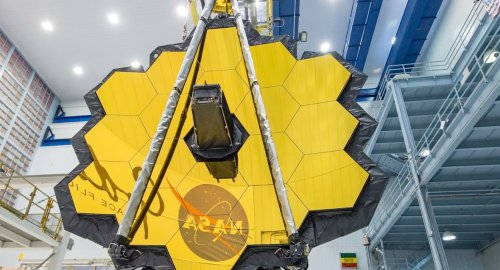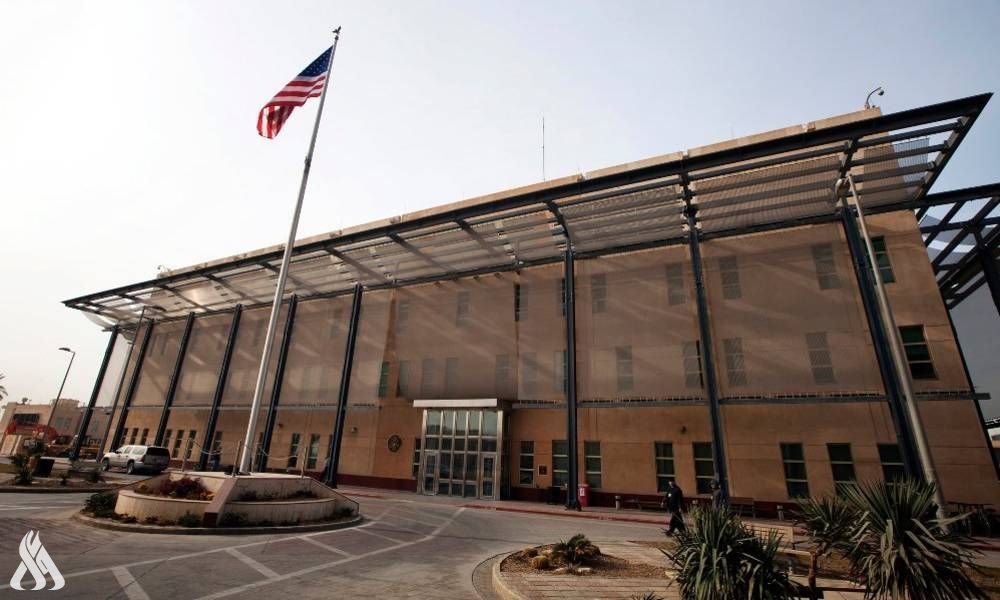
James Webb Space Telescope, the largest in history

- 22-09-2021, 19:13
INA – SOURCES
, the long-awaited successor to the Hubble Space Telescope. NASA is building and launching the Webb in partnership with the European Space Agency and Canada.
The Telescope will be 100 times as powerful as the Hubble. It will change how we see the universe.
The launch, which will propel the Webb to nearly a million miles away, is now scheduled for December 18, 2021. When it fully deploys in space, the Webb will usher in a new age of astronomy, scientists say, and show humanity things it has never seen before.
“The Webb represents the culmination of decades, if not centuries, of astronomy,” says Sara Seager, a planetary scientist and astrophysicist at MIT. “We’ve been waiting for this a very long time.”
Scientists started thinking about a follow-up even before the Hubble Space Telescope launched in 1990. After more than three decades in space, it’s unclear how much longer this boundary-breaking satellite will be able to scan and photograph the universe.
The Webb was originally supposed to launch in 2010 and cost around $1 billion. Its price tag has since ballooned to $10 billion, and it’s way overdue. But the wait will be worth it, at least according to the scientists who expect new and revealing glimpses of our universe.
“We’re going right up to the edge of the observable universe with Webb,” says Caitlin Casey, an assistant professor of astronomy at the University of Texas at Austin. “And yeah, we’re excited to see what’s there.”
The Webb will surpass the Hubble in several ways. It will allow astronomers to look not only farther out in space but also further back in time: It will search for the first stars and galaxies of the universe. It will allow scientists to make careful studies of numerous exoplanets — planets that orbit stars other than our sun — and even embark on a search for signs of life there.
The Webb is a machine for answering unanswered questions about the universe, for exploring what has been unexplorable until now. Here’s a guide to what the Webb is capable of.
The launch of the Hubble Space Telescope, named after famed astronomer Edwin Hubble, was itself a huge leap forward for astronomy. Here on Earth, astronomers seek out remote mountaintops and deserts to build major telescopes for the best chance of viewing a dark sky away from pollution and bright lights. But their view is still marred by the slight haze and luminescence of the Earth’s atmosphere. Space is “the ultimate mountaintop,” as NASA explains. There’s no better view of space than the one from, well, space.
Hubble has meant so much during its 30-year run. For one thing, it’s sent us unforgettable, jaw-droppingly beautiful images like those of the Lagoon Nebula and the Pillars of Creation.
White House: Talks with Iran were very positive and constructive
- International
- 09:40
US Embassy: Trade Mission of 60 Companies Visits Iraq
- politics
- 25/04/07
CBI unveils comprehensive reform plan to modernize banking sector
- Economy
- 25/04/07
Al-Sudani Meets Delegation from J.P. Morgan Bank
- politics
- 25/04/08












